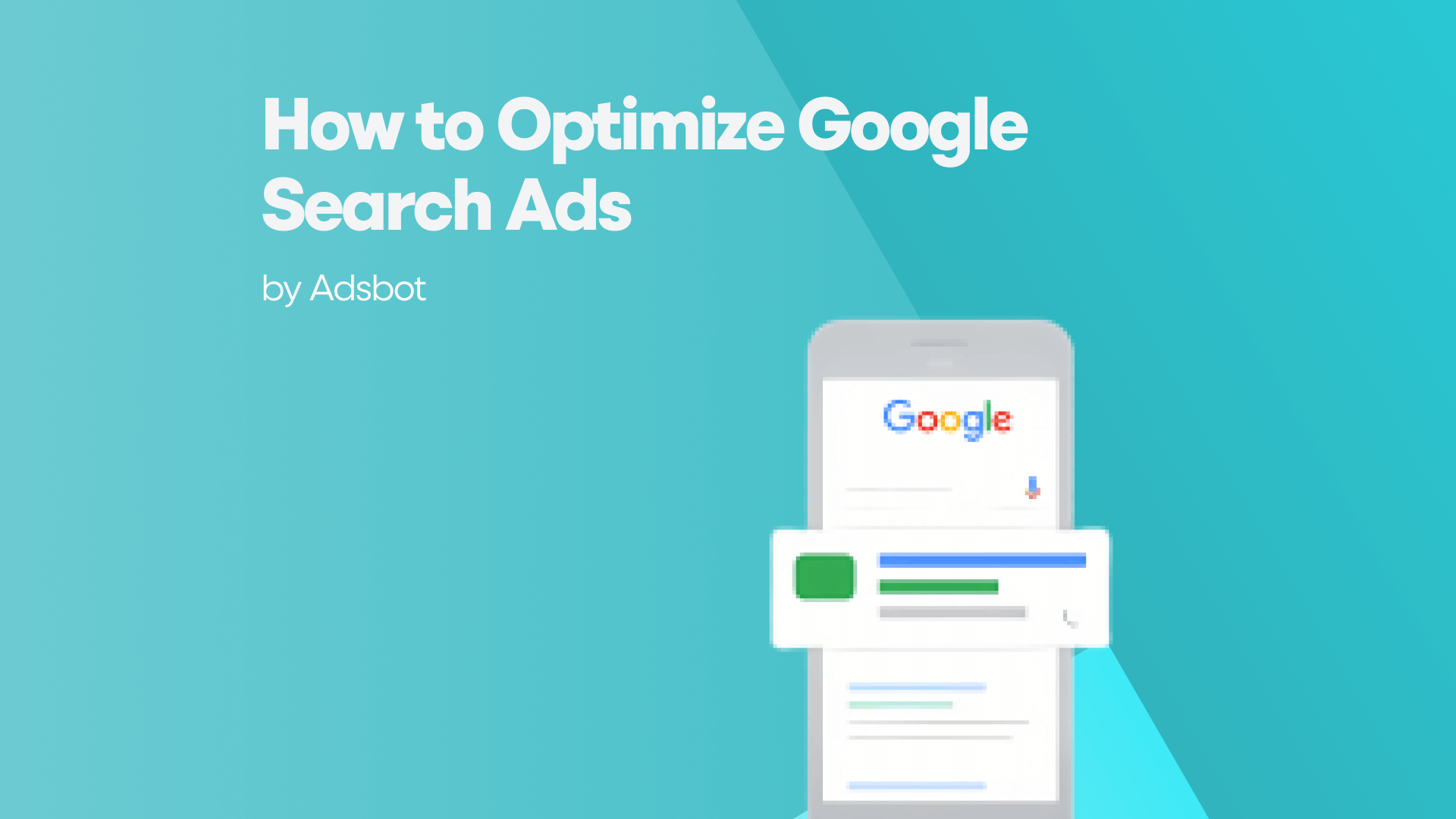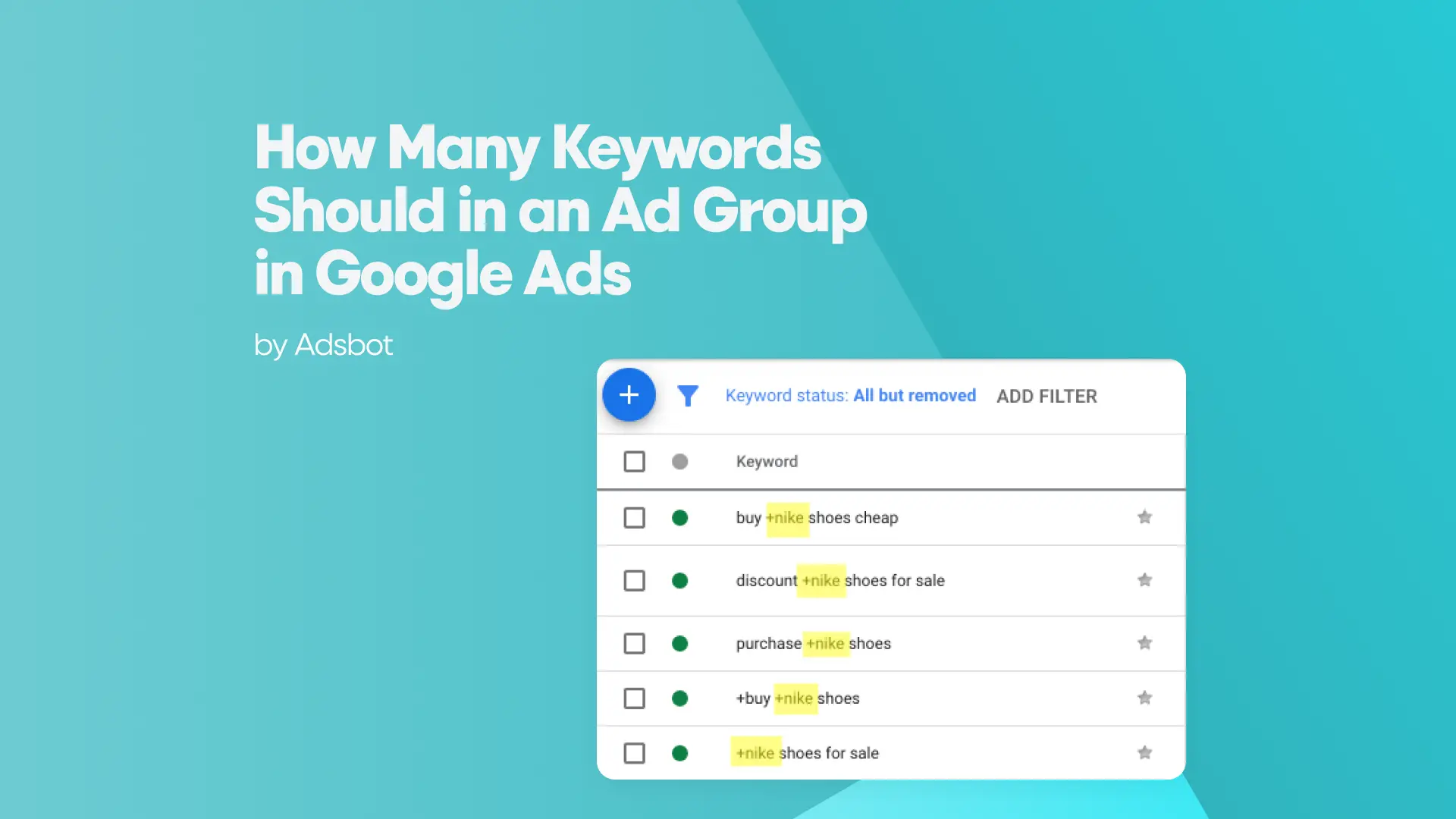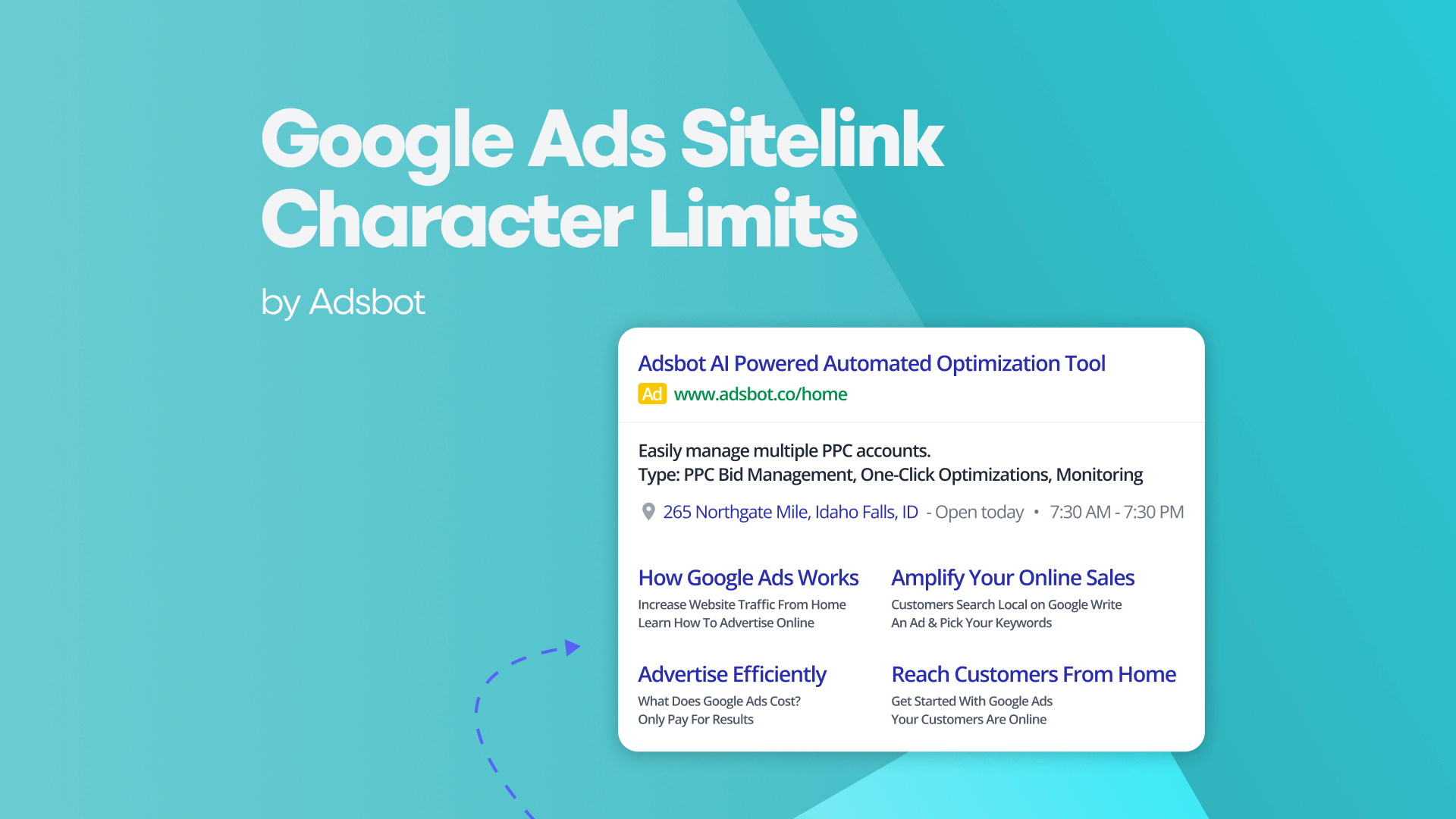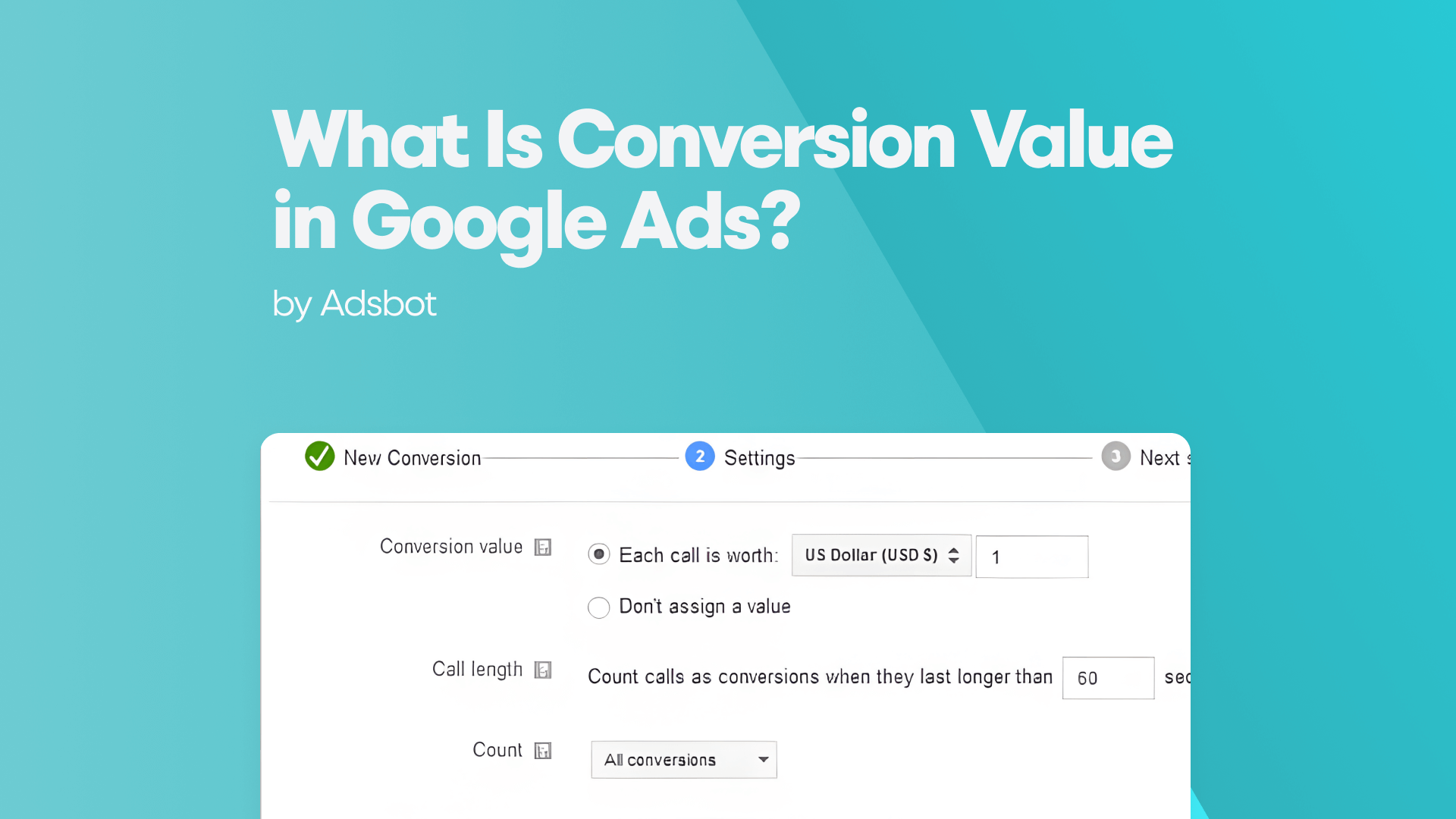Imagine launching a Google Search Ads campaign only to watch your budget vanish without meaningful results. Frustrating, right? You’re not alone; many advertisers struggle to turn clicks into conversions. But here’s the good news: optimizing Google Search Ads isn’t just about spending more; it’s about spending smarter. Whether you’re a small business owner, a marketing newbie, or a seasoned PPC specialist, mastering the art of ad optimization can transform your campaigns from money pits into revenue powerhouses.
In this guide, we’ll break down the proven strategies to maximize your ad performance, from selecting high-intent keywords to crafting irresistible ad copy and leveraging audience targeting. You’ll discover actionable tips to boost click-through rates (CTR), lower cost-per-click (CPC), and drive more conversions, without needing a massive budget. By the end, you’ll have a clear roadmap to dominate Google Search Ads and outperform competitors. Ready to turn your ads into a conversion machine? Let’s dive in.
Understanding the Basics of Google Search Ads
Google Search Ads are the text-based advertisements that appear at the top or bottom of Google’s search engine results pages (SERPs) when users query specific keywords. Unlike organic search results, these ads are paid placements that operate on a pay-per-click (PPC) model, meaning you only pay when someone clicks on your ad. The foundation of a successful campaign lies in understanding how Google’s auction system works. When a user searches for a keyword, Google evaluates all competing ads based on three core factors: bid amount, ad quality (Quality Score), and expected impact of extensions and other ad formats. Your ad’s position isn’t solely determined by how much you’re willing to pay; a high-quality ad with a lower bid can outrank a poorly optimized ad with a higher bid.
The Quality Score, a metric ranging from 1 to 10, plays a pivotal role in your ad’s success. It’s calculated based on expected click-through rate (CTR), ad relevance, and landing page experience. A higher Quality Score not only improves your ad rank but also lowers your CPC, making your budget stretch further. Additionally, Google offers various ad extensions (like sitelinks, callouts, and structured snippets) that enhance your ad’s visibility and provide extra information to potential customers. Mastering these basics ensures you’re not just throwing money at ads but strategically investing in high-performing campaigns that deliver measurable results.
Choosing the Right Keywords for Your Search Campaigns
Selecting the right keywords is the backbone of any successful Google Search Ads campaign. The goal isn’t just to attract traffic but to drive qualified leads who are ready to convert. Start by conducting thorough keyword research using tools like Google Keyword Planner, SEMrush, or Ahrefs to identify terms with high search volume and commercial intent. Focus on long-tail keyword phrases with three or more words that are more specific and less competitive. For example, instead of bidding on “running shoes,” target “best lightweight running shoes for marathon training.” These keywords often have lower CPCs and higher conversion rates because they align closely with user intent.
Equally important is understanding keyword match types, which determine how closely a user’s search query must match your keyword for your ad to appear. Broad match casts the widest net but can attract irrelevant traffic, while exact match ensures precision but may limit reach. A balanced approach often involves using phrase match and modified broad match to capture a broader yet still relevant audience. Don’t overlook negative keyword terms you explicitly exclude to prevent your ads from showing for irrelevant searches. For instance, if you sell premium products, adding “cheap” or “free” as negative keywords can filter out non-buyers. Finally, regularly analyze search term reports to refine your keyword list, pausing underperforming terms and doubling down on those driving conversions.
To streamline this refinement process, platforms like Adsbot automate the analysis of your campaigns to provide actionable recommendations. It can identify new keyword opportunities by highlighting converting search queries that you have not yet added to your campaigns. Additionally, Adsbot helps improve efficiency by suggesting negative keywords based on irrelevant search terms and flagging issues like duplicate keywords that can cause internal competition.
Writing Compelling Ad Copy That Converts
The headline is the first and often only thing users see, so it must grab attention and communicate value instantly. A high-performing headline includes the primary keyword, a unique selling proposition (USP), and a clear call-to-action (CTA). For example, instead of a generic “Buy Running Shoes,” try “2025’s Lightest Marathon Shoes – Free Shipping Today!” This not only aligns with the user’s search intent but also creates urgency and highlights a key benefit. Other key factors include:
- Leveraging emotional triggers: Use power words like “exclusive,” “limited-time,” or “guaranteed” to evoke curiosity or FOMO (fear of missing out).
- Highlighting social proof: Incorporate reviews, ratings, or testimonials (e.g., “Rated 4.9/5 by 10,000+ Runners”) to build trust.
- Testing multiple variations: Run A/B tests with different headlines, descriptions, and CTAs to identify what resonates best with your audience.
- Using ad extensions: Sitelinks, callouts, and structured snippets provide additional real estate and information, improving CTR. For example, a sitelink to “Compare Models” can help users make faster decisions.
- Aligning with the landing page: Ensure your ad copy matches the content and offer on your landing page to maintain consistency and reduce bounce rates.
The description lines should expand on the headline’s promise while addressing potential objections. For instance, if price is a concern, mention “Affordable pricing plans starting at $29/month.” Always include a strong CTA like “Shop Now,” “Get a Free Quote,” or “Learn More” to guide users toward the next step. Remember, clarity beats cleverness. Users should instantly understand what you’re offering and why they should click.
Leveraging Audience Targeting to Improve Ad Performance
Audience targeting allows you to go beyond keywords and reach users based on their demographics, interests, behaviors, and past interactions with your brand. Google Ads offers several powerful targeting options, including remarketing lists for search ads (RLSA), which let you tailor bids and ads for users who’ve previously visited your website. For example, you can increase bids for past visitors who abandoned their cart, as they’re more likely to convert. Similarly, customer match enables you to upload email lists to target existing customers with exclusive offers, fostering loyalty and repeat purchases.
Another effective strategy is in-market audiences, which target users actively researching or comparing products in your industry. Google’s algorithm identifies these users based on their search and browsing behavior, making them high-intent prospects. Layering audience targeting with demographic filters (age, gender, household income) can further refine your reach. For instance, a luxury brand might exclude lower-income brackets to focus on affluent buyers. Additionally, similar audiences help you expand your reach by targeting users with behaviors akin to your existing customers. By combining these tactics, you can reduce wasted spend and increase conversion rates by delivering hyper-relevant ads to the right people at the right time.
Common Mistakes to Avoid When Optimizing Search Ads
Neglecting mobile optimization is one of the costliest errors in Google Search Ads, as over 60% of searches now occur on mobile devices. Ads and landing pages that aren’t mobile-friendly lead to poor user experiences, higher bounce rates, and lower Quality Scores. Ensure your landing pages load quickly, have easy-to-click buttons, and display correctly on all screen sizes. Other key factors include:
- Ignoring negative keywords: Failing to exclude irrelevant terms can drain your budget on unqualified clicks. Regularly update your negative keyword list based on search term reports.
- Overlooking ad testing: Running a single ad variation limits your ability to improve performance. Always test multiple headlines, descriptions, and CTAs to identify top performers.
- Setting and forgetting campaigns: Google Ads requires continuous optimization. Monitor metrics like CTR, conversion rate, and CPC daily, and adjust bids, keywords, and targeting accordingly.
- Directing traffic to generic pages: Sending users to your homepage instead of a dedicated landing page reduces conversion rates. Ensure the landing page matches the ad’s promise and has a clear CTA.
- Disregarding Quality Score: A low Quality Score increases CPCs and hurts ad rank. Improve it by refining ad relevance, landing page experience, and expected CTR.
Avoiding these pitfalls ensures your campaigns remain efficient and effective. For example, a retailer who ignored mobile optimization saw a 40% drop in conversions until they revamped their landing pages for mobile users. Similarly, adding negative keywords like “free” and “jobs” reduced irrelevant clicks by 30% for a B2B company. Proactive optimization, not just setting up ads, is the key to long-term success.
Popular Posts
-
How Many Keywords Should Be In an Ad Group in Google Ads?
Ever wondered if your Google Ads campaigns are packed with…
Read more -
Google Ads Script for Dummies: An Introduction
Imagine you have an e-commerce website that sells licensed superhero…
Read more -
Google Ads Sitelink Character Limits
Your Google Ads are cutting off in the middle of…
Read more -
What Is Conversion Value in Google Ads?
What if you could put a price tag on every…
Read more
Register for our Free 14-day Trial now!
No credit card required, cancel anytime.





